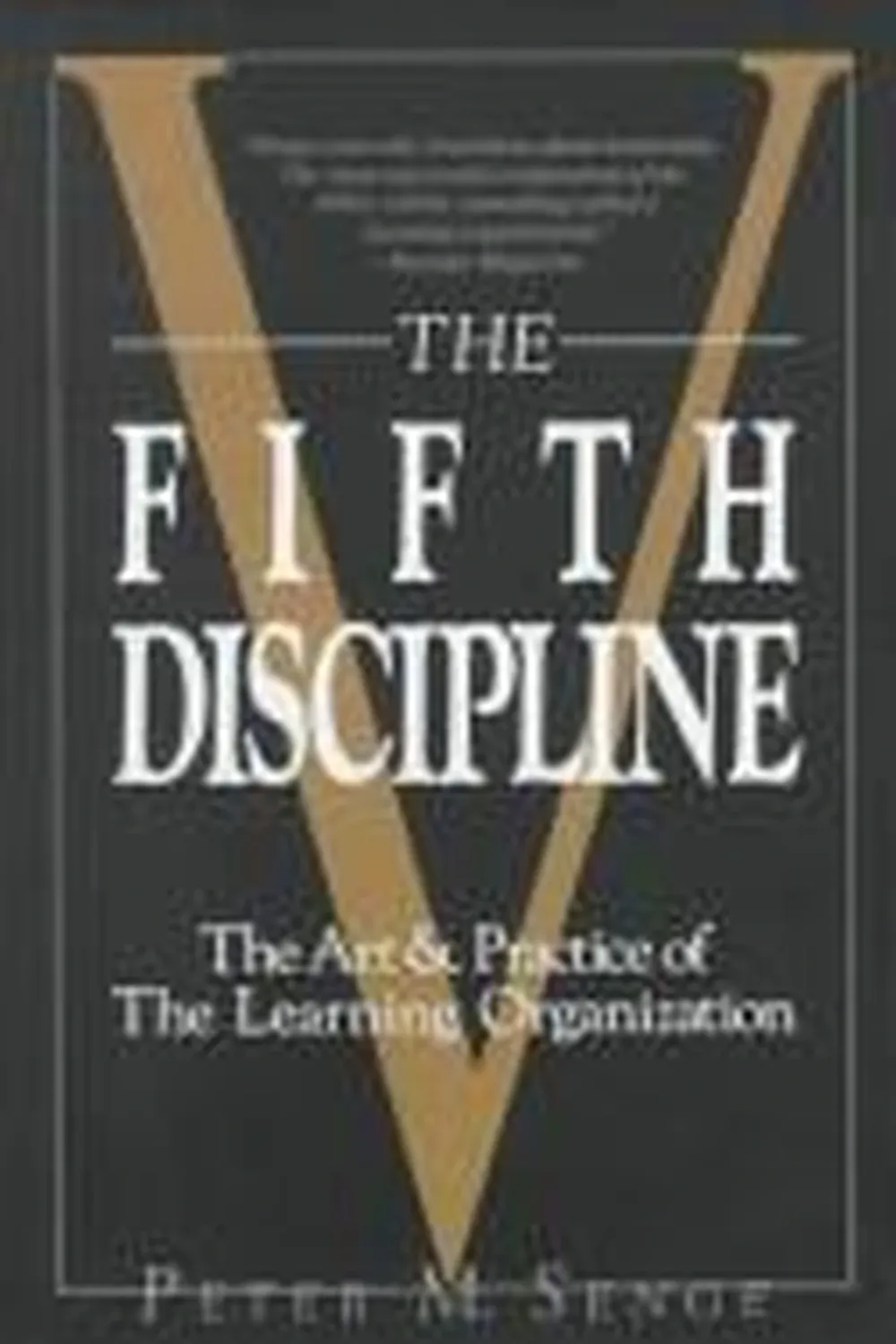The Fifth Discipline: The Art & Practice of the Learning Organization Review
The Fifth Discipline by Peter Senge argues that organizations thrive when they become learning systems. The core is systems thinking—the fifth discipline—that integrates personal mastery, mental models, shared vision, and team learning into continuous adaptation.
Overview
Senge introduces system archetypes (limits to growth, shifting the burden, fixes that fail), causal loop diagrams, and leverage points. He pairs these with practices that challenge assumptions, align goals, and build collective capability.
Summary
Individuals pursue personal mastery; teams surface and test mental models; leaders cultivate a shared vision; groups practice dialogue for rigorous thinking; systems thinking ties it all together to reveal feedback loops and delays that drive outcomes. Case examples show how seeing structure beats reacting to events.
Authors
Peter Senge is a systems scientist and management thinker. His prose mixes frameworks with narratives that show pitfalls and leverage in real organizations.
Key Themes
Structure produces behavior; learning requires safe challenge to assumptions; vision coordinates effort; dialogue enables collective intelligence; feedback awareness prevents policy whiplash.
Strengths and Weaknesses
Strengths: memorable archetypes, integrative framework, and practical facilitation moves. Weaknesses: lighter quant methods and variable implementation guidance; benefits depend on disciplined practice. Pair with data-driven ops for execution.
Target Audience
Executives, product and ops leaders, facilitators, and coaches building adaptive, resilient organizations.
Favorite Ideas
Shifting the burden vs solving root causes; balancing vs reinforcing loops; learning labs with causal mapping; leaders as designers of systems, not just firefighters.
Takeaways
Think in feedback loops, not events. Build shared vision, challenge mental models, and practice team learning. Use systems tools to target high-leverage interventions and avoid fix-and-backfire cycles.









